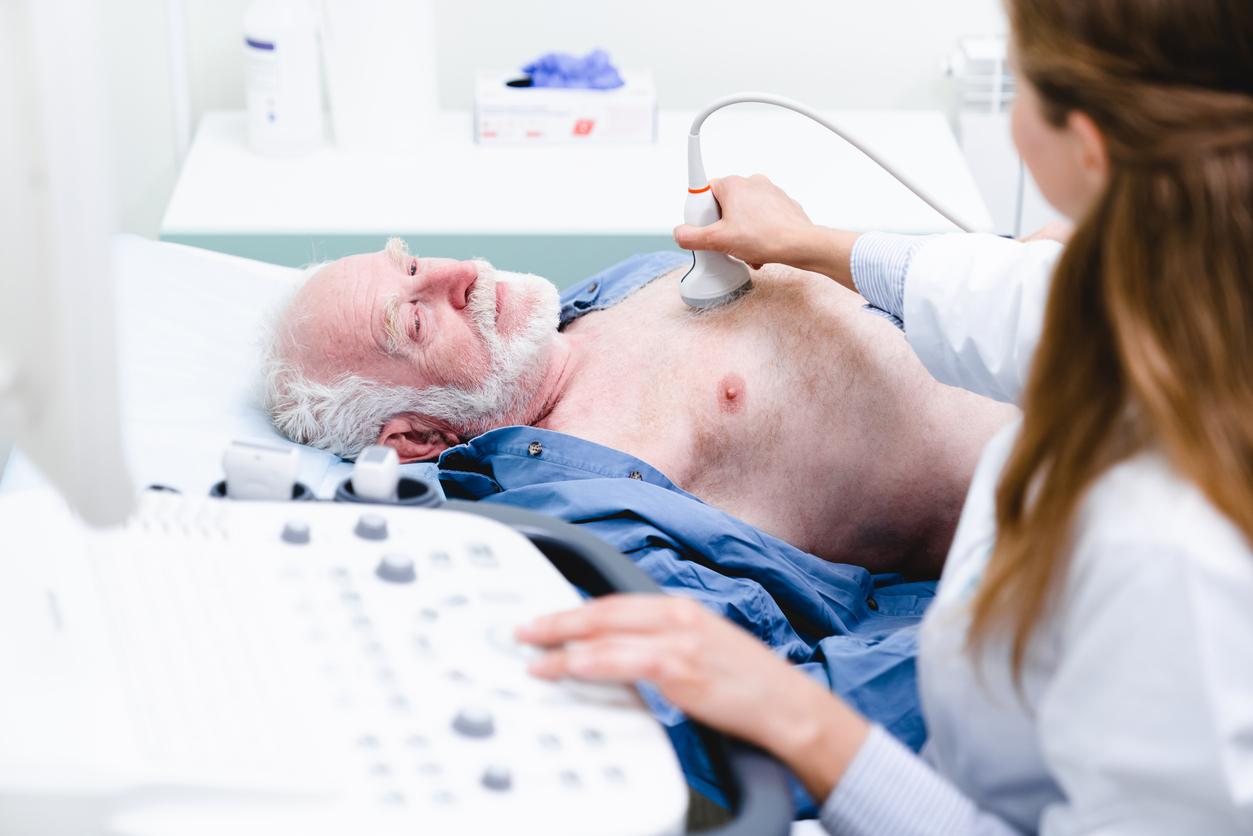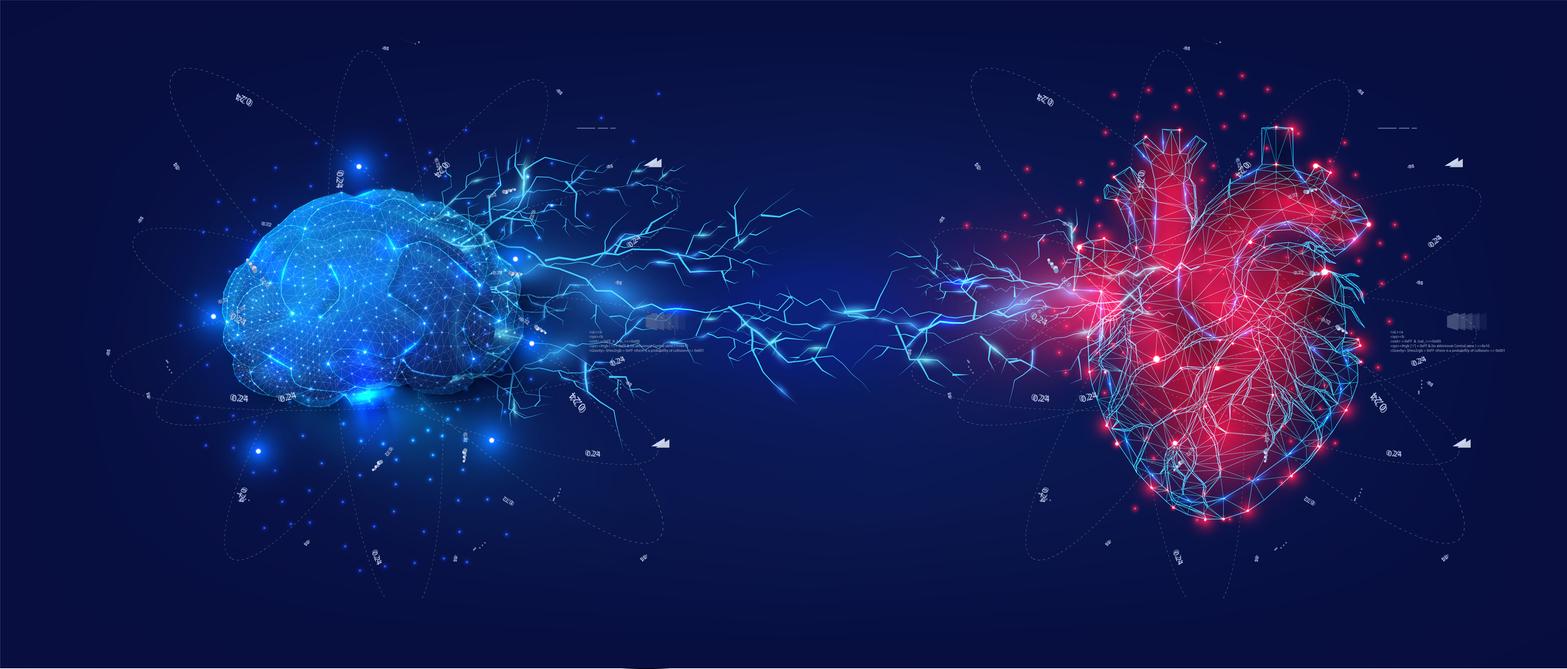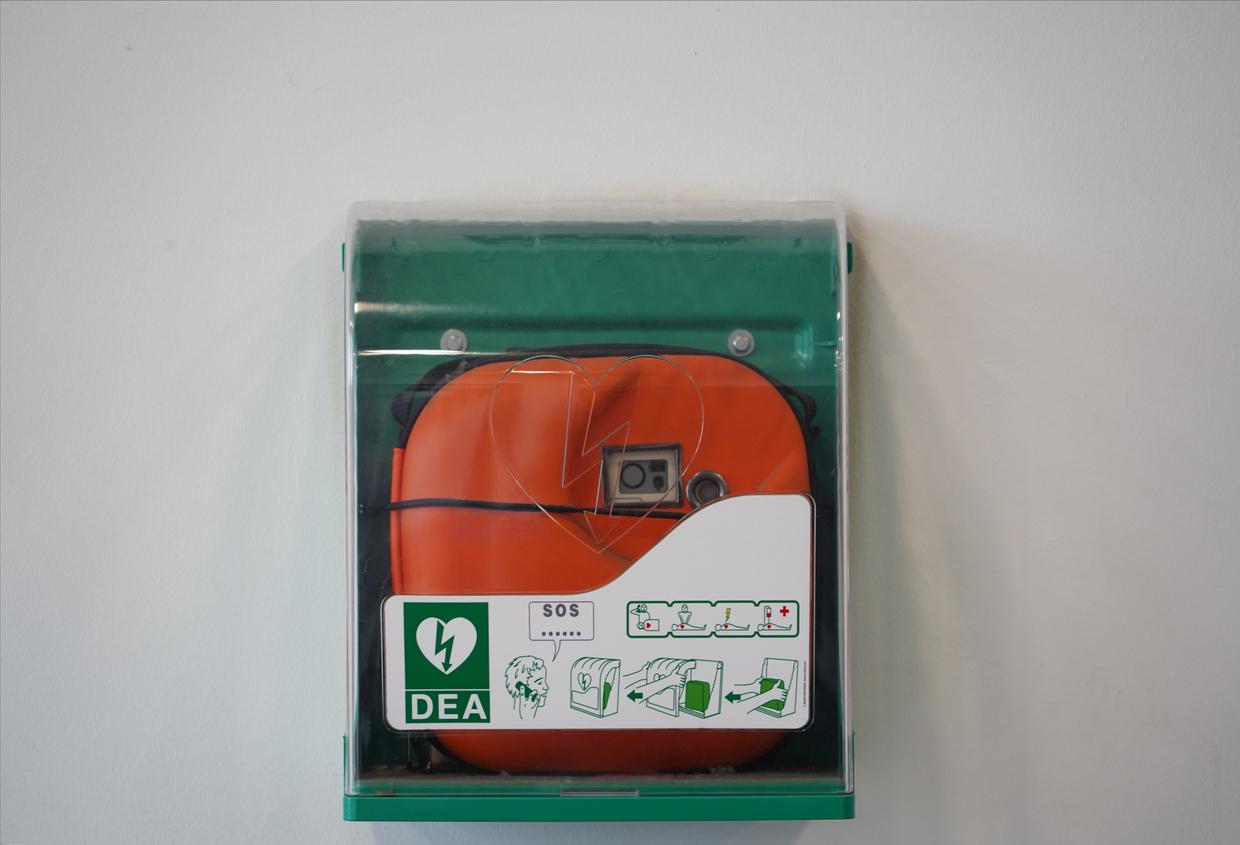Using cameras, drones can identify signs of life during disasters and help police track down terrorists.

After an earthquake or a hurricane, a race against time begins to find survivors under the rubble. If today, dogs come to the aid of rescuers, tomorrow, drones could accompany them. Engineers at the University of South Australia have developed flying objects capable of spotting vital signs in war or natural disaster. They present their innovation in BioMedical Engineering OnLine.
The university team developed these drones in partnership with the Australian Defense Advanced Research Group. Their work mainly consisted of developing a camera that could identify the heart rate and respiratory rate, at an altitude of 3 meters.
As effective as ECG
The cameras, in fact, detect variations in skin color and small movements of the head. Easy-to-analyze metrics that make it easy to monitor the health of disaster victims, the researchers say.
Prof. Javaan Chahl’s team tested this technology on 15 healthy individuals aged 2 to 40 years. The experiments were carried out both indoors and outdoors. Result: the cameras obtain the same performance as traditional methods such as the electrocardiogram or the pulse oximeter which allows the oxygen level in the blood to be evaluated. “This is the first time that videos taken by a drone have been able to measure cardiorespiratory signs”, enthuses Professor Javaan Chahl.
Spot the terrorists
These drones will be able to help the police force to detect terrorists in public places according to the abnormalities of their heart rate, imagines the person in charge of the work. “Indeed, a person who is about to commit acts of violence most certainly has irregular vital signs. They are more agitated or appear unusually calm because in many cases they are on medication. There is therefore a good chance that our device will identify them, ”describes the engineer.
The research team also suggests that this camera system could replace electrodes in hospitals, especially in neonatal departments where premature babies are hooked up to many machines. In Switzerland, a research project is currently evaluating the interest of monitoring babies with cameras. “I think that these devices will be used every day in ten years”, hopes Professor Chahl.
.
















